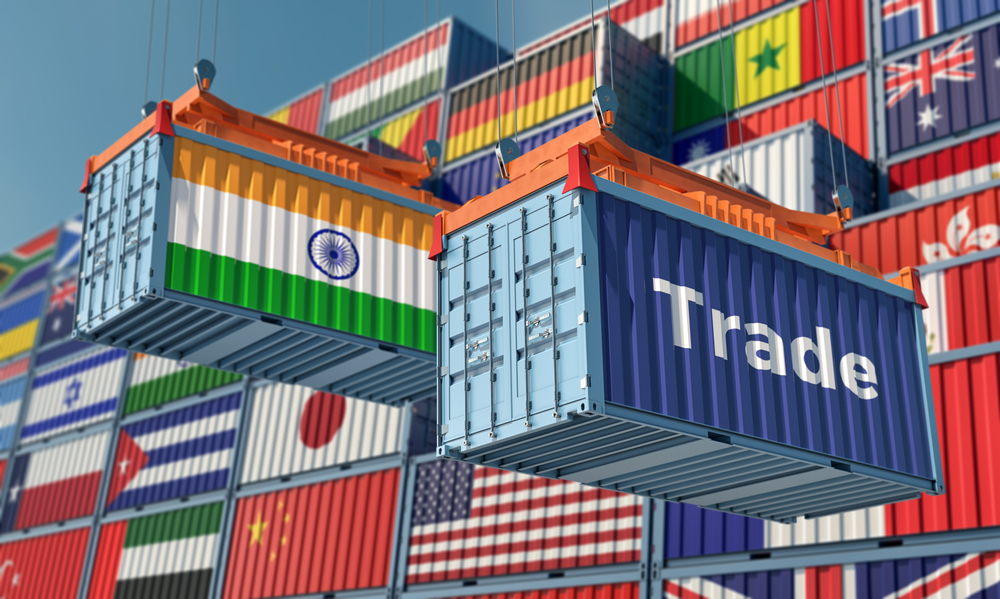Exports play a significant role in any economy, with its direct influence on the level of economic growth, employment and the balance of payments. Developing Countries, often resort to incentivizing export performance in order to promote exports and encourage foreign exchange earnings. India has been no exception to this policy and several tax & trade incentives have been bestowed on exports over time. These incentives become even more significant in testing times like the current one, where the pandemic onslaught is steadily depleting business reserves.
However, the recent government policies have not augured well in this respect. Curtailment of MEIS benefit to merchandise exports, non-publication of SEIS rates, delay in notifying RODTEP rates, making independent benefits like RODTEP/Advance Authorization, etc. are some illustrations showcasing, why the policy is being criticized. A reasoned question coupled with this criticism is Why Make in/ Serve from India?
These recent policy moves in tough economic conditions have not just contributed to shrinkage of margins but also financial uncertainty for exporters. More worrisome, is the impact of risking value competitiveness of Indian goods & services in international arena. While most of these moves are already under the threat of being undone by a court of law, the policy makers do not seem to be in a mood to pause its advance. The most recent setback was deleting the option of rebate of tax paid on export except for class of supplies as may be notified.
If we go down memory lane, one may note that an exporter historically had two options to recoup GST paid on procurements for exports – ITC refund or rebate of tax paid on exports. The history to these options dates back to 2005 i.e. even prior to advent of GST regime. Arguably both options should deliver the same result/ incentive to the exporter but the choice between options have been based upon several business factors such as domestic and export profile of the taxpayer, quantum of procurement taxes to be offset, frequency of filing refund claims, etc. Depending upon a fact pattern, either option could have emerged victorious or more beneficial than the other. GST added another feather to mechanism of rebate of tax paid on goods exported by allowing refund on basis of export shipping bill filed as opposed to counterproductive filings and longish wait period before the rupee actually hits the exporter’s bank account. Most importantly, the rebate option could be exercised from past input tax credit (ITC) balance too without having the need to link or establish nexus between exports and ITC of a particular period.
The foregone proposals of Union Budget 2021, to Section 16 of the IGST Act, is no less than a shock to the exporter community already reeling under multiple pressure scenarios, including from a financial standpoint. The hurriedness of the legislative proposal is evident from the fact that the proposal to make consequential changes in other provisions of the law say Section 54 of the CGST Act, etc is not even being spoken about let alone be proposed. Needless to add that, India Inc is capable enough to pick up from anomaly and make a big uproar against the same.
Consider example of a non-100% exporter business, setting up manufacturing facility with a gestation period of 3 years. It may have been accumulating eligible ITC in hope of monetizing it (against export performance) when commercial production commences. This could be possible only through the export rebate mechanism, which is now gone. So, money down the drain?
Given such scenarios, it is likely that vires of such provision would soon be challenged in a court of law as this is without any scheme or sanction of the Constitution of India. The proposal to segregate exporter community into two i.e. ones eligible for rebate going forward and rest would fail the test of intelligible differentia and hence, may not even be tenable legally.
It would have been preferable to first specify the rationale for omission of rebate provisions under the law, followed by specifying the criterion for making segregation as stated above and finally, resting the debate on why the provisions would still not be discriminatory.
Exporters, in the meanwhile, are procrastinating addressing important issues on this impact, maintaining that the amendment is proposed and has not yet taken effect. Now, however is not the time to delay. The impact needs to be assessed on priority so as to strategize the way forward. A good way forward is to first explore advocacy measures. Why trouble the courts when a representation could get you the window back!
In conclusion, two fundamental problems persist with this amendment proposal. First, the exporter community is starting to believe that the law makers no more value their interest. The second being that all things recent emphasize that the first is correct.



